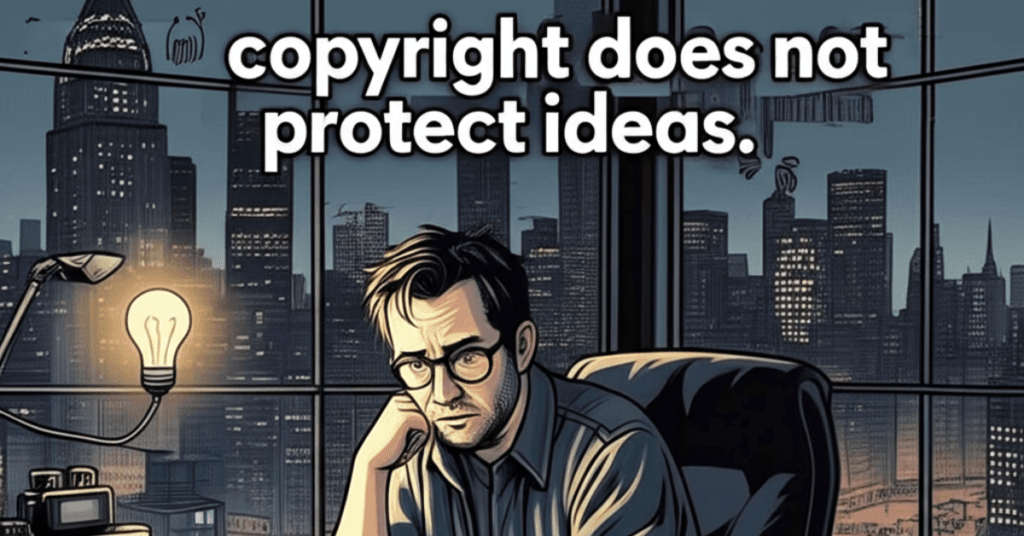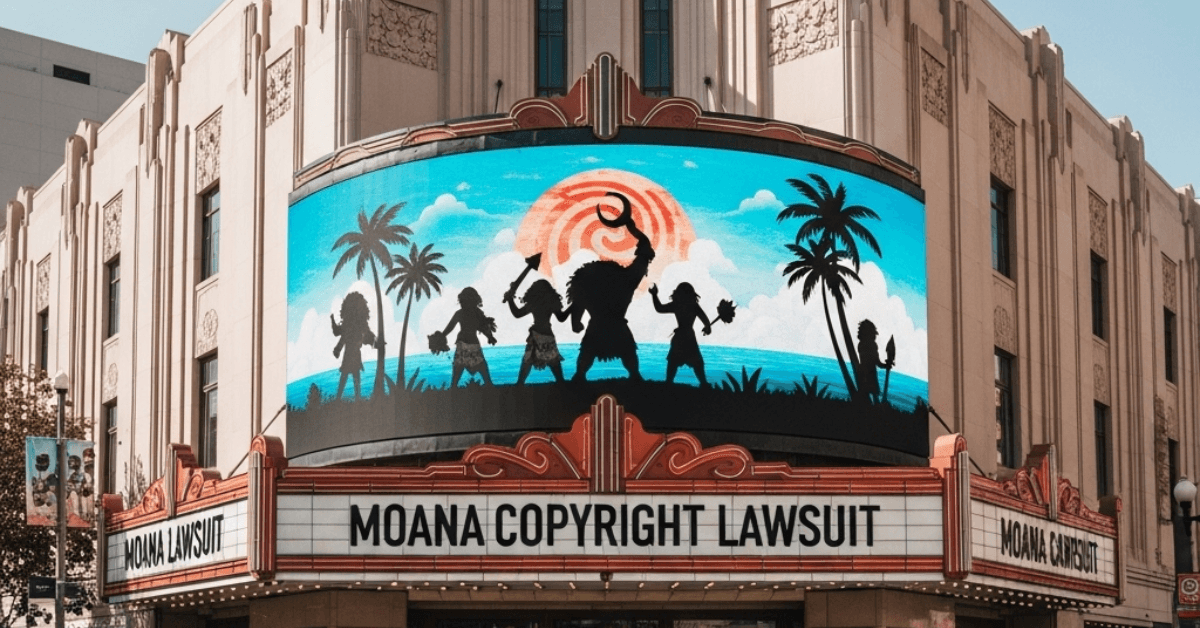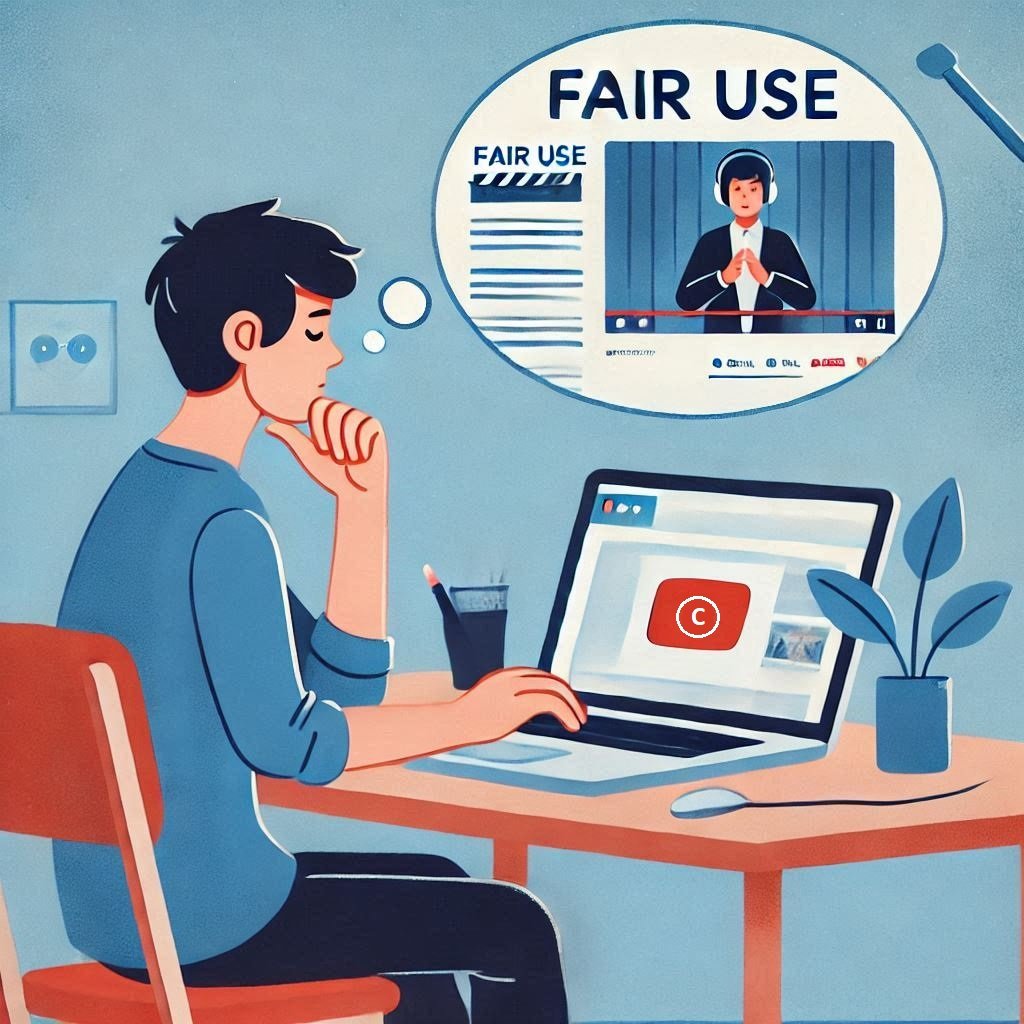The Disney Moana copyright lawsuit raised important questions about who owns creative ideas and what qualifies as copyright infringement. The case poses a critical question: Can a big studio take someone else’s idea and turn it into a blockbuster, or was it all just a misunderstanding?
In this article, we will explore the Disney Moana copyright lawsuit—what actually happened in court, how copyright law protects creative work, and the court’s final decision. Whether you’re a creator or simply curious about copyright rules, this article will give you valuable insights
What Was the Disney Moana Copyright Lawsuit?
The Disney Moana copyright lawsuit began when Buck Woodall, a writer and filmmaker, accused Disney of copying his original work to create Moana and its sequel Moana 2. Woodall claimed that his screenplay, storyboards, and character designs for his film Bucky were used by Disney without permission.
Woodall alleged that he had submitted his work to Hollywood studios, and that Disney had access to his materials before the release of Moana in 2016. He argued that key elements of Moana, including the story structure and character concepts, were heavily inspired by Bucky.
As a result, Woodall sued Disney for copyright infringement, seeking $100 million in damages. Later, he expanded his lawsuit to include Moana 2, demanding $10 billion in compensation.
The case was filed in the U.S. District Court, Central District of California, and involved expert testimonies, comparisons of both works, and legal arguments about access to copyrighted material.
Understanding Copyright Infringement
Now that we know what happened, let’s break down the basics of copyright.
Copyright is a law that protects original works like books, music, movies, artwork, and even software. It gives the creator the exclusive right to use, copy, and sell their work.
In simple terms: if you make something original, others can’t copy it without your permission.
Your work is protected by copyright as soon as it’s created, even if you don’t register it. But registering it with the copyright office gives you stronger legal rights.
What Counts as Copyright Infringement?

To win a copyright case, like the Disney Moana copyright lawsuit, the person suing must prove two main things:
They own the copyright – This means they actually created the original work.
Their work was copied – And not just any kind of copying, but copying protected parts of the work like exact words, unique characters, or detailed scenes.
And here’s the tricky part: They also must prove that the other party had access to their work. If the person who made the new project never saw or knew about the original, it’s not copyright infringement—even if there are similarities.
That’s exactly what happened in the Disney case. Since the jury believed no one at Disney had access to Bucky the Surfer Boy, the lawsuit couldn’t move forward.
The Court's Findings
The Disney Moana copyright lawsuit ended with a jury ruling in favor of Disney. The court found that Disney did not infringe on Buck Woodall’s copyrights for his film Bucky.
Key Points of the Court Decision:
The jury determined that Disney never had access to Woodall’s materials.
Woodall’s claims regarding Moana’s theatrical release were time-barred, shifting the focus to Disney’s home video distribution.
After 2.5 hours of deliberation, the jury ruled that Moana’s creators had no access to Woodall’s work, making further comparisons unnecessary.
A separate lawsuit concerning Moana 2 remains pending, with Woodall seeking $10 billion in damages.
Similar Ideas Aren’t Always Infringement

It’s important to remember that ideas themselves aren’t protected. Only the specific way you express your idea is covered.
For example, many stories are about a young hero going on a journey. Think Harry Potter, The Lion King, or Moana. They all share that common theme. That doesn’t mean they’re copying each other—it’s how they tell the story that matters.
In the Disney Moana copyright lawsuit, the judge and jury made this point clear: just because two stories have island settings, teenage heroes, or even magical helpers, that doesn’t mean they are the same in the eyes of the law.
Lessons for Creators and Artists
Whether you’re a filmmaker, songwriter, graphic designer, or TikTok creator, here are some important lessons:
- Keep records of your work: Save drafts, emails, and dates. They help prove you made it first.
- Register your copyright: It’s not required, but it strengthens your legal protection.
- Know what’s protected: General ideas, themes, and facts are not protected. But your specific expression of them is.
- Prove access: If someone copies your work, you need to show they had a way to see it.
Why This Case Matters
The Disney Moana copyright lawsuit wasn’t just about one film. It was about who owns creativity, and how courts decide when a line is crossed.
It also showed that big companies like Disney keep strong documentation about how their stories are made—from research trips to the Pacific Islands to how characters are developed. That helped them prove they didn’t steal any ideas.
For independent creators, it’s a good reminder to protect your work but also understand the limits of copyright law. Not every similarity means your work was copied.
Final Thoughts
The world of art and entertainment is full of inspiration, shared stories, and overlapping themes. Copyright law exists to protect originality, but it also recognizes that many people can have similar ideas—especially when drawing from the same cultural sources.
The Disney Moana copyright lawsuit teaches us that proving infringement is not easy. It takes solid evidence, not just surface-level comparisons.
So if you’re a creator, stay inspired—but also stay informed.




